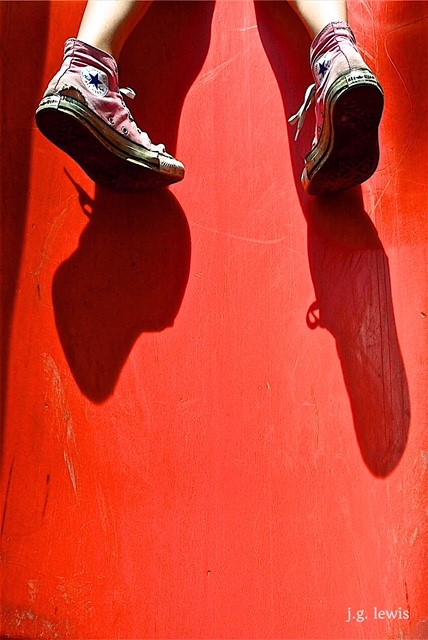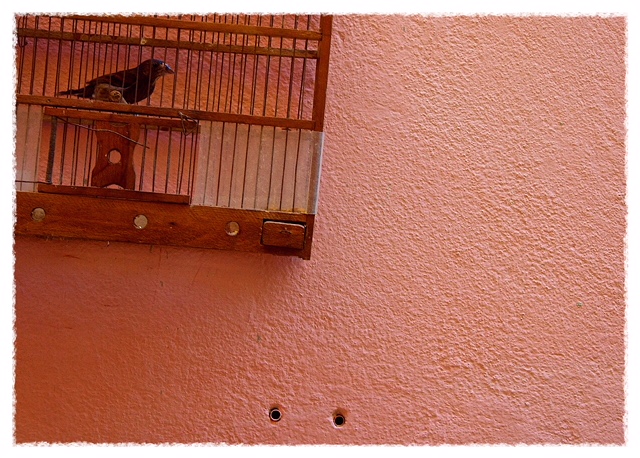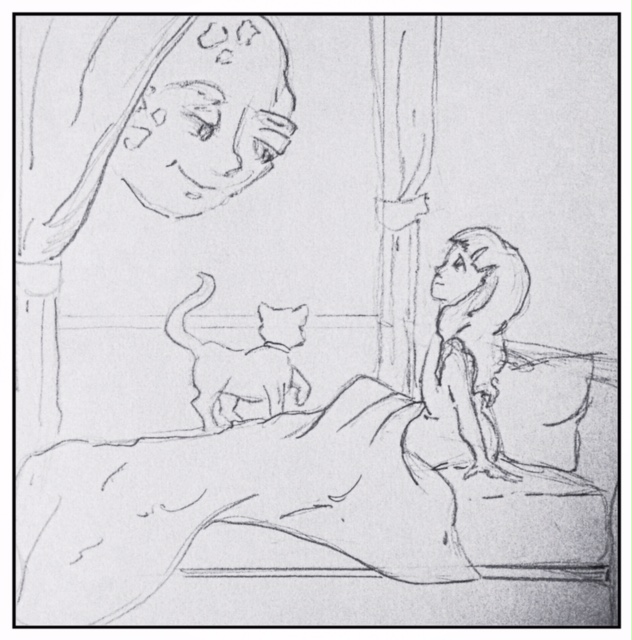By Whitney Poole
Eight years. They’ve passed in a blur. They’ve flown. And yet they’ve crept.
I remember, in your first year, I felt, “Finally. I’ve found what I’m meant to do with my life.” And then I forgot that. I thought it meant raising babies, but now I think it meant nurturing. Creating. Sharing Joy. Living in the light of now.
I lost that, baby girl. I tried to filter life through someone else’s lens. I didn’t sit with my soul. I forgot to be in the quiet until I felt the answers. I looked to others and asked what their answers were.
I took those answers and made them my walls. That’s where I went wrong, my sweet girl.
Then, when I finally started listening to my soul, I didn’t know what to do with the answers. So I turned again to others, and I asked what they thought of my answers.
I let their opinions become my truth.
So, baby, don’t let anyone else tell you who you are. Not me, not your Daddy, not your friends. You learn to sit and listen to your soul. Because you’re brave, my sweet girl. You’re brave enough to hear the answers and trust the truths whispered, even when it’s hard.
If you will ask the questions, be honest enough to hear the answers and brave enough to trust what you hear, then you will not be led astray. You will not fall off your own path. You will not neglect your soul purpose.
I want for you more than I have ever wanted for myself.
So, I want to let you know that I am finding my way. And my way; my path back to my soul purpose, will cause you pain. And for that I am so very sorry. But I hope that my example of living a life of ‘less than’ and making my way back to my truest potential will someday be one that shows you how to be true to you.
And I hope you will find a way to always be the perfect being I know you to be. Perhaps I can be the reminder to you that the pain and the fear you must overcome to be your best self are so very worth it.
May every year between this and your last be spent in the light of who you are.
All my love for all of my lives,
Mama
©2015 Whitney Poole
Whitney Poole is a Virginia-based writer, though her poetry reflects her own deep Southern roots. Whitney has found her voice while writing her way through personal transformation, discovering that true beauty lies within the rubble. Her self-appointed task is to show this truth to others.




